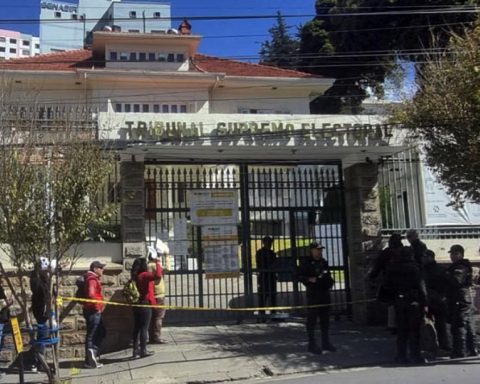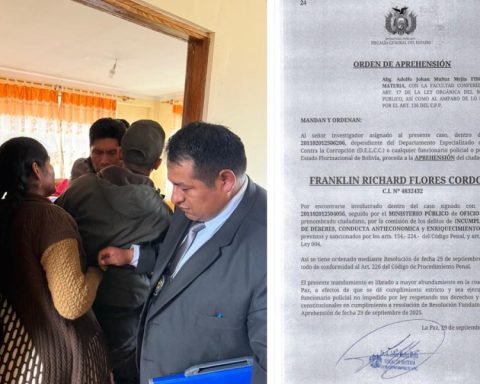March 6, 2023, 20:13 PM
March 6, 2023, 20:13 PM
After five rounds of talks, negotiators from more than 100 Member States of the UN, reached a binding legal agreement to conserve and guarantee the sustainable use of oceanic biodiversity. The consensus was reached after more than 15 years of debates.
Fishing, shipping, tourism and ocean protection are controlled by about 20 organizations. However, its regulations are only apply to a distance of 370 kilometers from the coast. Then, the international waters begin and the States have no decision-making power over them. And while the high seas make up more than half of the Earth’s surface and 61 percent of all oceans, only one percent of international waters are under protection.
Historical agreement, although it depends on ratification
The agreement, to a large extent, depends on the ratification of each State, also of those that will have to modify their laws to implement it, warned Minna Epps, head of the International Union for Conservation of Nature (IUCN, for its acronym in English). ). “But remains a historic agreement,” he reiterated to DW, calling for it to be ratified “as soon as possible.”
Arlo Hemphill, an ocean activist at Greenpeace USA, said the treaty is “the conservation agreement largest in the history of the world” adding that “it is the minimum that scientists have said we need to prevent ecosystem collapse in the oceans, our greatest shared resource and the foundation of life on this planet.”
Healthy underwater world for our planet
The oceans are not only important for tourists and fishermen, they are also necessary for the production of basic products and even medicines such as pain relievers and others to treat leukemia. The Scientists see enormous potential in the sea for the treatment of diseases.
More than half of the total amount of oxygen in our atmosphere comes from creatures in the ocean. At the same time, heThe oceans store 50 times more carbon dioxide carbon than is currently in our atmosphere. The warmer the oceans get, the less CO2 they can store and the less they can protect the planet from even more extreme weather events.
If temperatures continue to rise at the current rate, scientists believe that many shellfish, such as mussels and snails, will not survive ocean acidification. If the CO2 content in seawater increases, the PH level in the water changes. And the increasing acidity makes it difficult to creation of calcareous shells of the animals. This unbalances entire biospheres and could threaten entire economic sectors, such as oyster and mussel farming.
Rising temperatures in the atmosphere, caused by the burning of coal, oil, and gas, also change ocean currents as the water warms. This can mean the death of many creatures, such as corals.
How to protect ocean ecosystems?
If nothing changes, half of all sea dwellers will be critically endangered by the end of this century, according to UNESCO estimates. This means that we have to use the seas in ways that do not harm them or only to the extent that They can regenerate on their own.
For example, every year, we throw away 10 million tons of fish, due to poor fishing and processing practices, which could fill more than 4,500 pools. This could be prevented, thus lessening the pressure on our oceans.


















